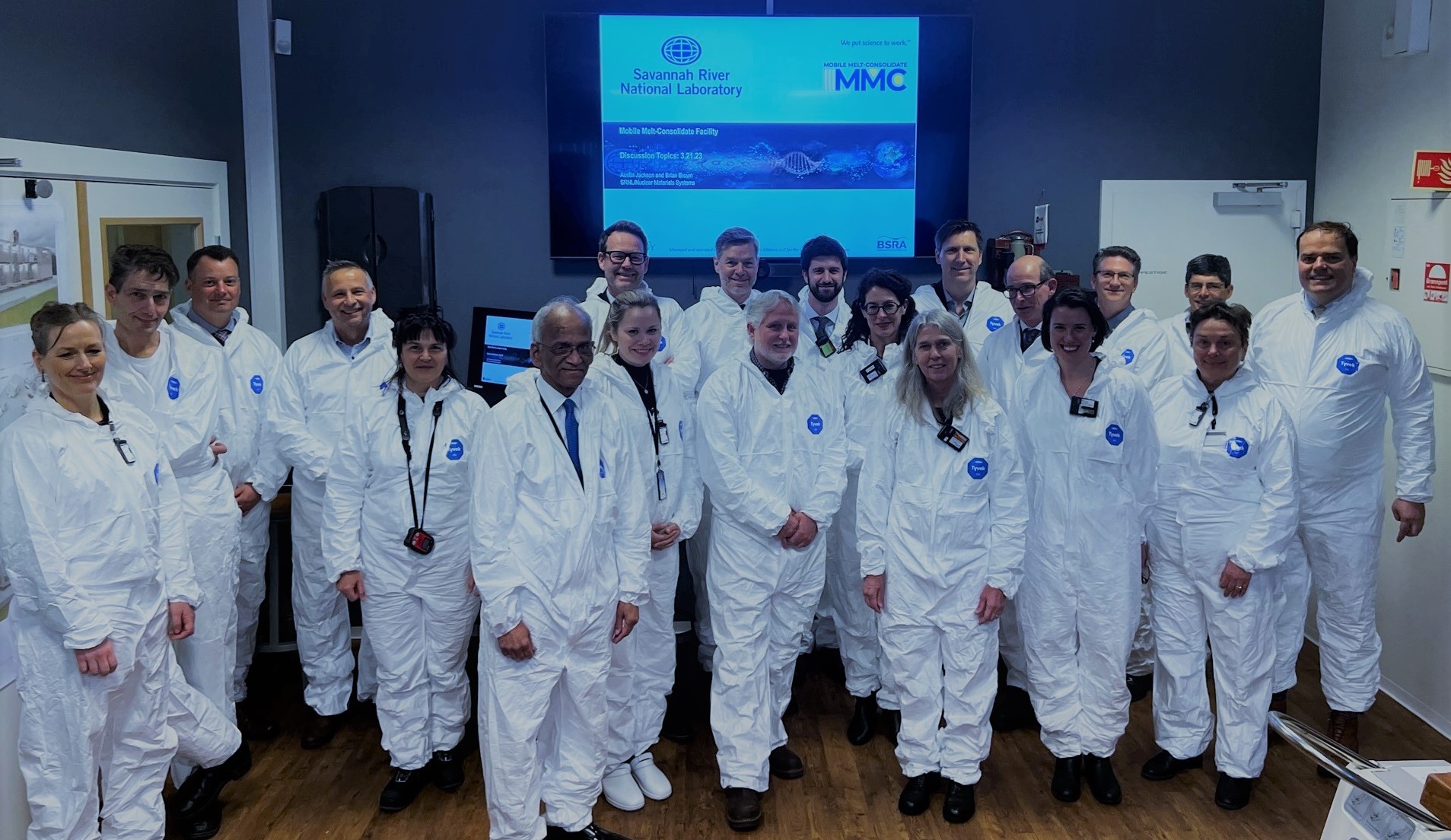NNSA is a semi-autonomous agency within the U.S. Department of Energy responsible for enhancing national security through the military application of nuclear science and works to reduce the global danger from weapons of mass destruction . IFE at Kjeller is currently working with NNSA on a project to eliminate all of Norway’s highly enriched uranium (HEU) by downblending it to low-enriched uranium.
IFE CEO Nils Morten Huseby underlines the importance of collaboration with NNSA
“Reducing and removing the stocks of weapons-usable nuclear material is of high priority for Norway, and the collaboration with USA in this area is key to achieve this objective. IFE is deeply committed to this important task and is looking forward to working together with the U.S. National Nuclear Safety Administration (NNSA) in this innovative project.”
Nils Morten Huseby
CEO IFE
NNSA released a press release after their visit at IFE, stating the high priority of the project.
Jill Hruby, Administrator of the National Nuclear Security Administration (NNSA), wrapped up her visit to Nordic countries last month with a trip to Norway. In addition to discussing mutual concerns with a key ally, she traveled to Kjeller, the site of an innovative joint U.S.-Norwegian nonproliferation effort.
“Since we jointly agreed to do this project, the teams have made real progress on helping Norway to become HEU-free,” Hruby said. “This project is a high priority for NNSA and it was impressive to see how far they have come.”
Jill Hruby
Administrator of the National Nuclear Security Administration (NNSA)
During downblending, HEU is thoroughly mixed with depleted or natural uranium to reduce the uranium-235 concentration below 20%. The resulting low-enriched uranium cannot be used to make an improvised nuclear device, achieving permanent threat reduction. The challenge has been that much of Norway’s remaining HEU is mixed with thorium, making other disposition techniques more challenging.
A key tool in the joint HEU downblending project is the Department of Energy’s Mobile Melt-Consolidate system, which can treat a wide variety of HEU-bearing materials safely and reliably, including those that are challenging to dispose of by more traditional means. Building on more than two decades of materials science, engineering, and research & development, the system will be brought to the location of the material, eliminating the most vulnerable stage in the nuclear materials’ lifecycle: Transit.
When downblending begins, Norway will become the 49th country, plus Taiwan, with which NNSA has worked to eliminate weapons-usable nuclear material. When the project concludes Norway will be considered HEU-free.

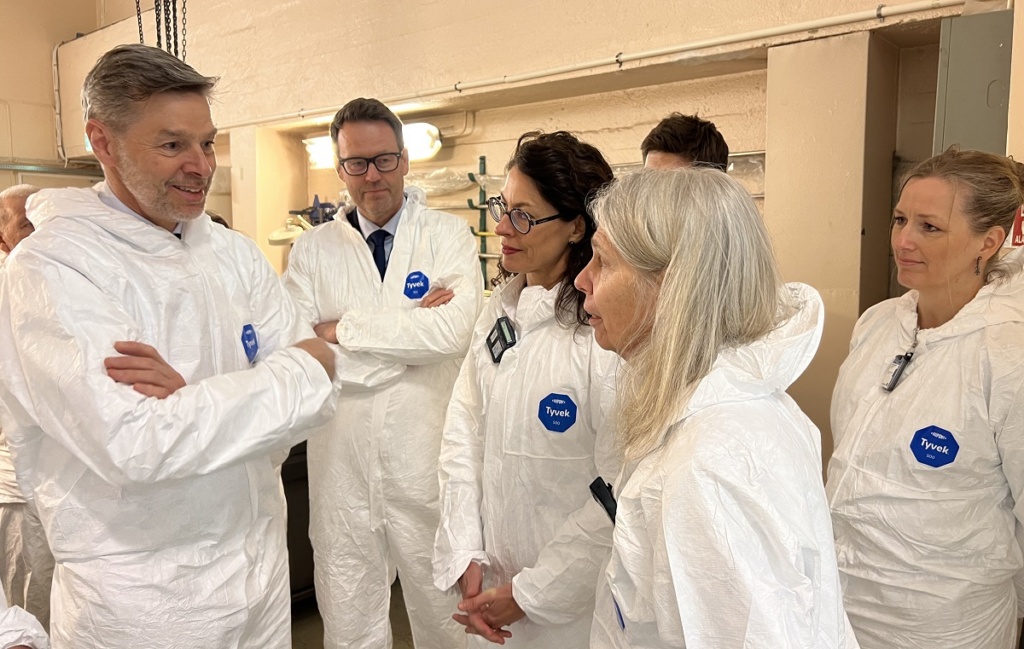
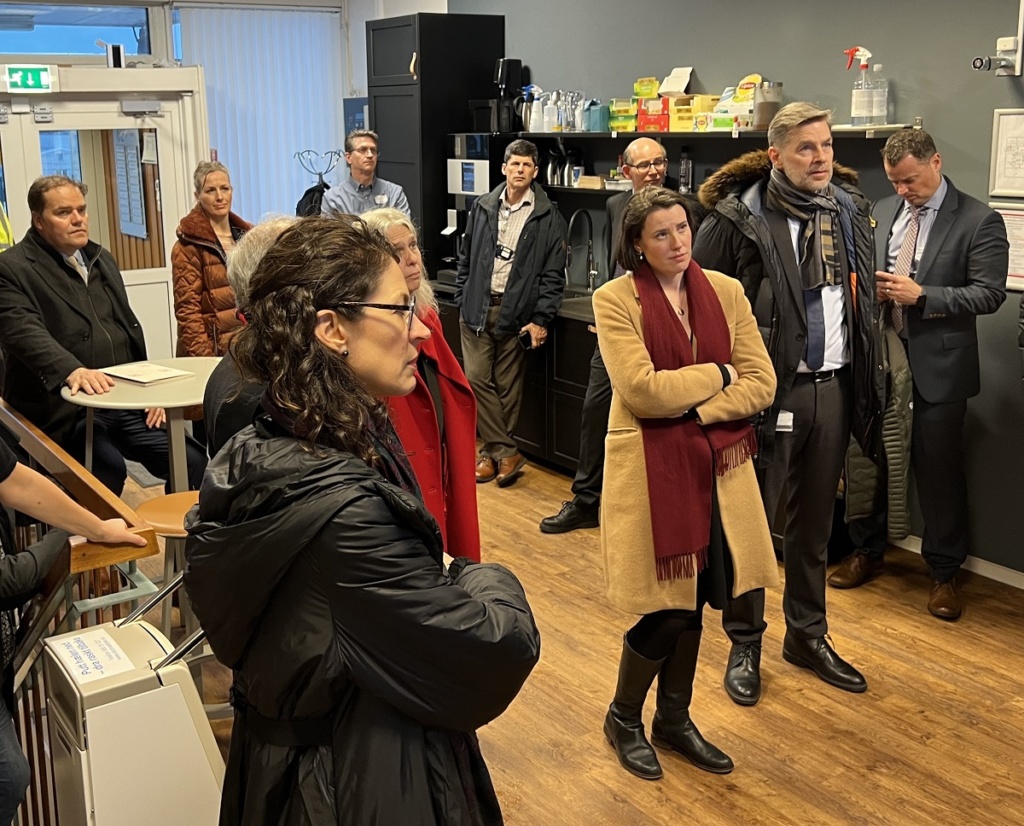
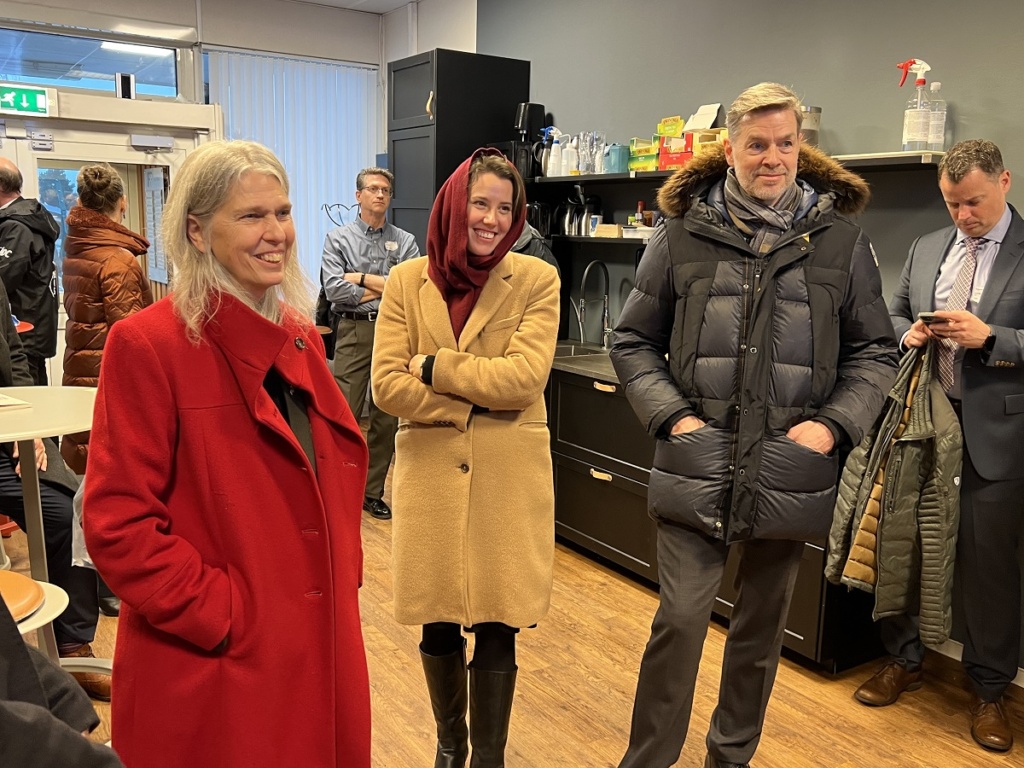
More about the project
Related news
-
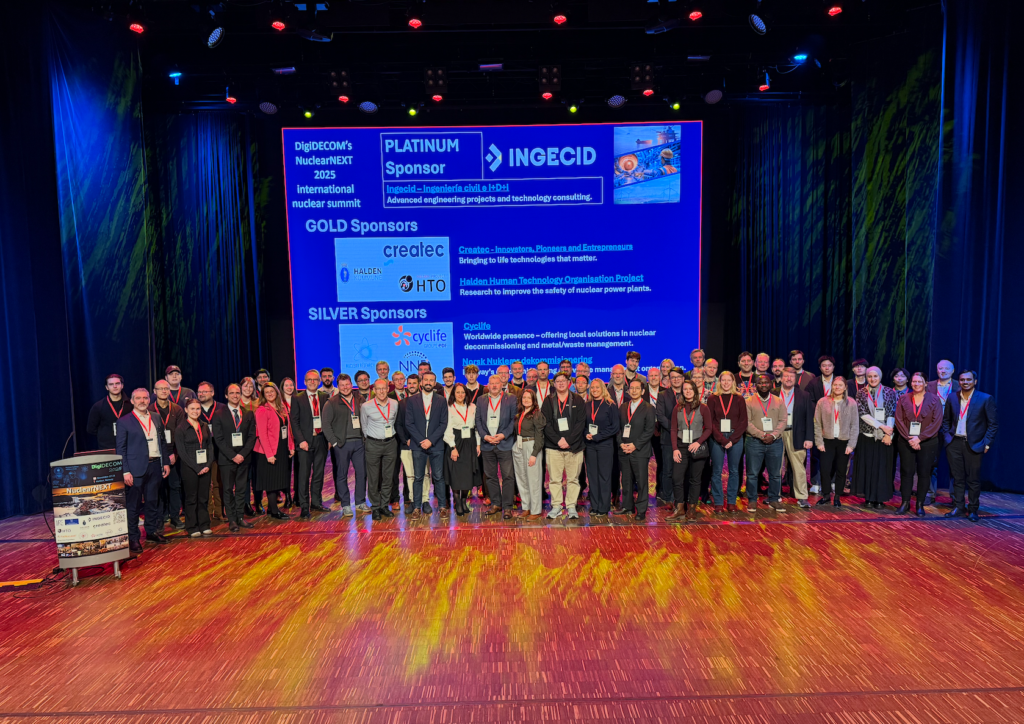
21. November 2025
NuclearNEXT 2025 – Halden brings together world-leading experts in nuclear power and innovation
This week, Halden is a global hub for nuclear innovation as DigiDECOM NuclearNEXT 2025…
-
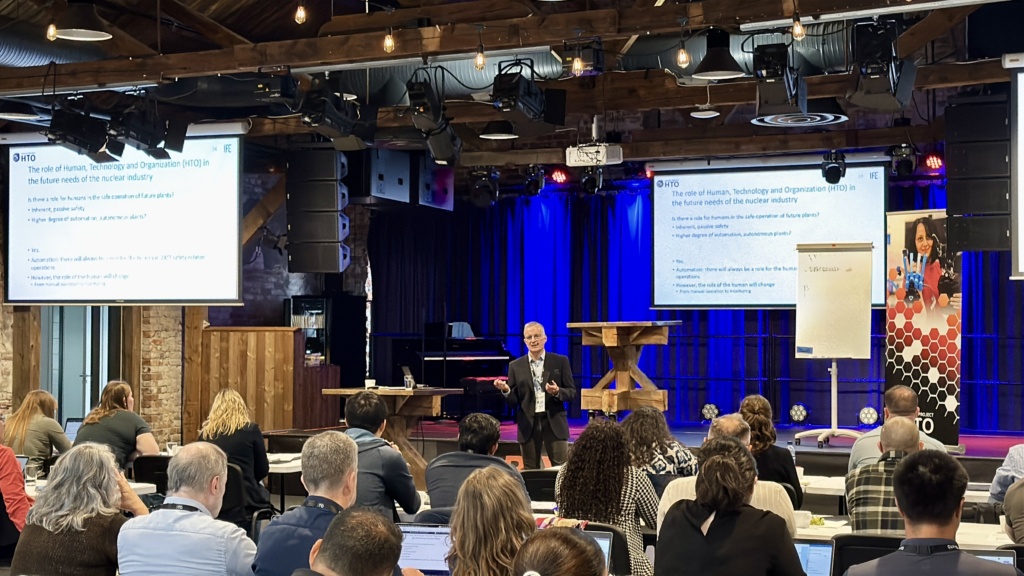
15. September 2025
The HTO Summer School was a great success!
In early September, participants from around the world gathered to explore how new…
